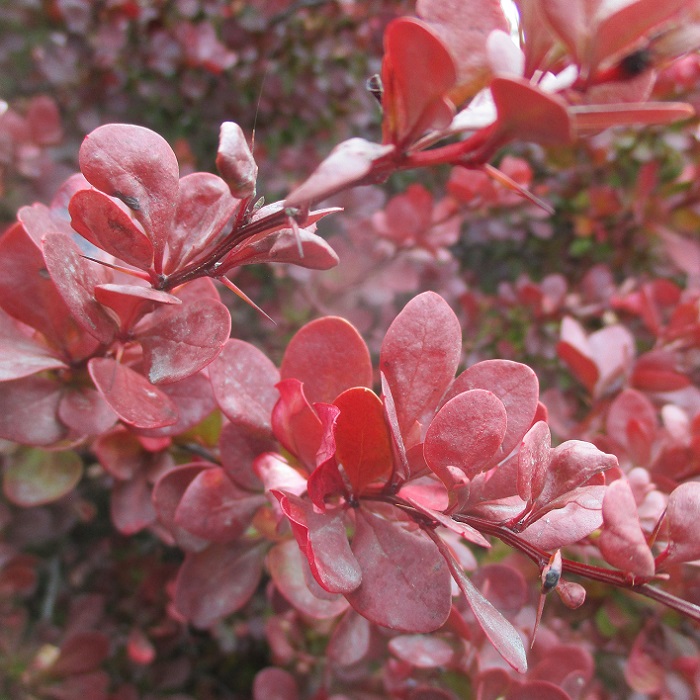UNITED STATES—Roses might be more fun to grow and prune without their thorns. Blackberries are easier to pick from thornless canes. Thorny vegetation is simply unpleasant to work with. Some very desirable plants, such as roses and most blackberries, are innately thorny. The only alternative to contending with their thorny condition is to grow something totally different.
Thorns and similar structures are as diverse as foliage, with a few distinct classifications. True thorns are simply modified stems, like those of hawthorn. Spines are modified foliar structures or leaves, such as those of cacti. Prickles, such as those of rose, are modified epidermal structures. Spinose foliar margins, like those of holly, serve the same purpose.
The purpose that thorny vegetation serves is defense. It intends to inhibit consumption of foliage, fruit or bloom. That is why some trees are thorny only while young and low to the ground, then almost thornless as they grow beyond the reach of grazing animals. Thorny trunks of honeylocust may protect seed pods from bears, so birds can disperse the seed.
It is therefore no mystery that many of the thorniest plants are endemic to desert regions. The scarcity of edible vegetation in such regions increases the need for protection. Also, it is no mystery that most grazing animals, despite the deterrence of thorny vegetation, get enough to eat. Otherwise, roses and firethorn would be exempt from the ravages of deer.
Actually, thorny vegetation can be useful.
Despite its intentions of deterrence, thorny vegetation inhabits home gardens for various reasons. Some produces desirable bloom or fruit, like roses and blackberries. Cacti and agaves develop remarkably striking forms. Such plants should situate appropriately. Rose canes can be bothersome close to walkway. Agaves can be downright dangerous.
Thorny shrubbery, such as firethorn, barberry, Natal plum and English holly, is a practical deterrent for unwanted traffic. Firethorn espaliered on the top of a fence is as effective as barbed wire, and is more appealing. Maintenance of thorny plants is more of a challenge than for thornless plants. Otherwise, thorny plants should be more popular than they are.
Highlight: Barberry
It certainly looks innocent enough. The modern cultivars of barberry, Berberis thunbergii, barely get taller and wider than six feet. Densely dwarf cultivars might not get much taller and wider than only two feet. Columnar sorts are quite narrow with mostly vertical stems. Even the old fashioned types get less than 10 feet tall. Barberry is not exactly imposing.
However, like an angry chihuahua, it has a nasty bite. Its finely textured foliage obscures thin, but very sharp spines. These spines are numerous enough to be visually appealing while the thin stems are bare through winter. Where necessary, they are sharp enough to inhibit encroachment. Unfortunately, these spines are annoying to handle while pruning.
Most popular cultivars of barberry have richly reddish or almost purplish foliage. Few exhibit white variegation. Some have bright yellowish chartreuse foliage. Formerly common green barberry is now rare. The small and neat leaves are obovate, and may seem to be circular. They turn vivid reddish orange through autumn, prior to defoliation during winter. Tiny red berries are rare.
Horticulturist Tony Tomeo can be contacted at tonytomeo.com.





